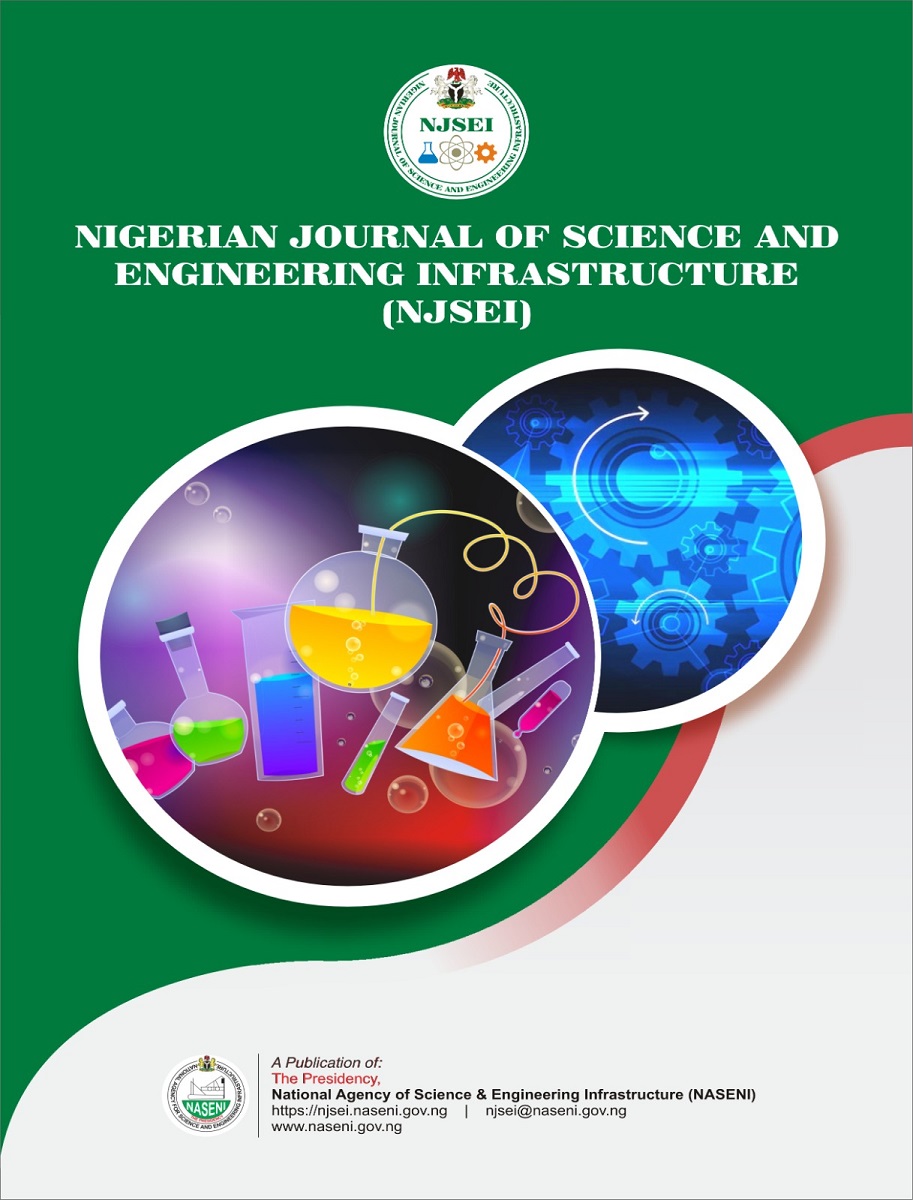Effect of pH, Temperature, Nutrients and incubation time on production of xanthan gum by Xanthomonas campetris and Stenotrophomonas maltophilia

Published 2023-10-11
Keywords
- Xanthomonas,
- production,
- optimized condition,
- xanthan gum,
- plant
How to Cite
Abstract
This study screened Xanthomonas species isolated from tomato, pepper, mango and banana with black rot spots for potential to produce xanthan gum. The leaves were washed in normal saline and tenfold dilution was prepared. Aliquots (1ml) were plated on Nutrient agar and incubated at 25 ˚C for 48h. Colonies with yellow pigmentation were gram stained. Gram negative rod bacteria were subjected to emulsification test. Isolates with yellow colonies, gram negative rods and which exhibited stable emulsion in carbon enriched medium were regarded as potential xanthan gum producers. Eight (61.5%) of the isolates screened fulfilled these conditions. Biochemical tests on the isolates revealed that the organisms were Xanthomonas species and were coded accordingly (BX2, BX3, PX4, MX6, PX7, MX8, TM9, TX11). The best two isolates (TM9 and BX3) were subjected to molecular analysis and were found to be Xanthomonas campestris and Stenotrophomonas maltophilia. Xanthomonas campestris and Stenotrophomonas maltophilia were more efficient xanthan gum producers, yielding 2.10 g/l and 1.63 g/l respectively of xanthan gum after 96 h. The results revealed that as the fermentation time increased, the biomass also increased. The xanthan gum yield by the two organisms was found to increase from 0.92 to 7.6 g/l and 0.99 to 4.55 g/l under optimized conditions of pH: (9.0, 7.0), temperature (25°C) carbon source (02% pineapple peels 0.2% sugarcane bagasse) and nitrogen source (Yeast extract) respectively. The result suggest that Xanthomonas species are good candidates for xanthan gum production.
